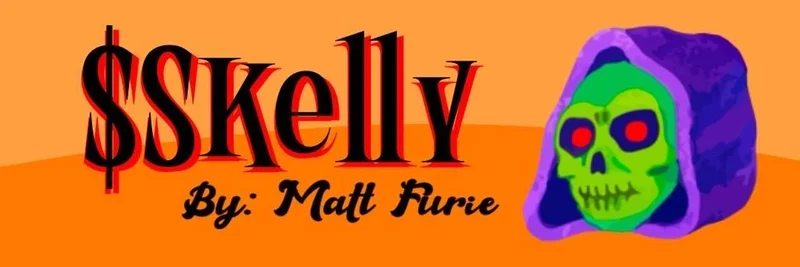Hey there, crypto enthusiasts! If you’ve been scrolling through X lately, you might’ve stumbled upon a thought-provoking post by MartyParty that breaks down a hot topic in the blockchain world: the difference between permissioned and permissionless blockchains under the new Clarity Act. As someone who’s spent years diving into the wild world of digital assets—first as editor-in-chief at CoinDesk and now at Meme Insider—I’m excited to unpack this for you in a way that’s easy to digest, especially if you’re into meme tokens or just starting your blockchain journey.
What’s the Clarity Act All About?
The Clarity Act, recently introduced by the U.S. House Financial Services Committee, is a game-changer for how we regulate digital assets. It aims to draw a clear line between what counts as a security (like stocks) and what’s considered a commodity (like gold or oil) in the crypto space. This matters because it affects how projects operate, how tokens are traded, and even how you, as an investor, might approach meme tokens or other cryptocurrencies.
MartyParty’s post hits the nail on the head by explaining that the key difference lies in human involvement. Let’s break it down!
Permissioned vs. Permissionless: The Core Difference
Permissioned Blockchains: These are like private clubs. Only specific, pre-approved people or organizations can validate transactions or manage the token supply. Think of it as a blockchain where humans are actively involved in decision-making—issuing new tokens, verifying trades, or adjusting the system. According to MartyParty, if a financial technology relies on this human touch, it’s classified as a security under the Clarity Act. This makes sense because it’s more centralized, similar to how traditional financial systems work.
Permissionless Blockchains: These are the wild, open internet of blockchains. Anyone can join in to validate transactions or participate in the network—no gatekeepers required. Bitcoin and Ethereum are classic examples. Since no human intervention is needed for transaction validation or token issuance, these are treated as commodities. This decentralized nature is what fuels the freedom and innovation we love in the crypto world, including meme token crazes!
Why Does This Matter for Meme Tokens?
If you’re into meme tokens—like Dogecoin or the latest viral hits on meme-insider.com—this distinction is huge. Many meme tokens start on permissionless blockchains, giving them that community-driven vibe. But if a project introduces human-managed elements (say, a team controlling token burns or supply), it could slide into “security” territory, triggering stricter regulations. This could mean more paperwork for developers and potentially less flexibility for those wild, spontaneous token launches we all enjoy.
The Clarity Act in Action
The Clarity Act, building on laws like the FIT21 Act, hands the Commodity Futures Trading Commission (CFTC) the reins for commodities (permissionless blockchains) while the Securities and Exchange Commission (SEC) oversees securities (permissioned ones). This split aims to clear up the confusion we’ve seen with cases like the SEC labeling Solana or Cardano as securities, while the CFTC calls most crypto commodities. MartyParty’s call to “learn” about this act is spot-on—it’s a must-know for anyone in the blockchain space.
Practical Takeaways for Blockchain Practitioners
So, what should you do with this info? Here are a few tips:
- Stay Updated: Keep an eye on meme-insider.com for the latest on how regulations like the Clarity Act affect meme tokens.
- Understand Tokenomics: Check out resources like CoinDesk’s guide on tokenomics to see how supply and issuance play into these classifications.
- Assess Projects: Before jumping into a new token, ask: Is it permissionless or permissioned? This could impact its legal status and your investment.
Wrapping Up
MartyParty’s post is a great starting point to wrap your head around the Clarity Act and the permissioned vs. permissionless debate. It’s not just theory—it’s shaping the future of crypto, from Bitcoin to the next big meme token. As we at Meme Insider continue to track these trends, we’ll keep you posted with fresh insights and knowledge to level up your blockchain game. Got thoughts? Drop them in the comments or hit us up on X—we’d love to hear from you!


